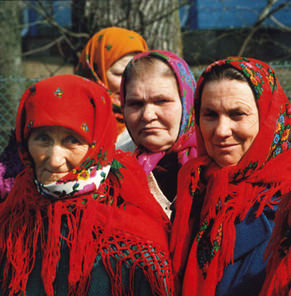Recent publications
The Work Programme of NERIS in Post-Accident Recovery
- Details
- Category: Communications
- Published: Tuesday, 10 October 2017 14:13
SCHNEIDER T.
ICRP - 4th International Symposium on the System of Radiological Protection.
Paris, 10-12 October 2017.
Abstract
NERIS is the European Platform on Preparedness for Nuclear and Radiological Emergency Response and Recovery. Created in 2010, with 57 organisations from 28 different countries, the objectives of the platform is to: improve the effective- ness and coherency of current approaches to preparedness, identify further development needs, improve know-how and technical expertise, and establish a forum for dialogue and methodological development. The NERIS Strategic Research Agenda is now structured with three main challenges in: i) radiological impact assessments during all phases of nuclear and radiological events; ii) countermeasure and countermea- sure strategies in emergency and recovery, Decision support and Disaster informatics; iii) setting-up a multi-faceted frame- work for preparedness for emergency response and recovery.
The Fukushima accident has pointed out some key issues for further considerations in NERIS research activities. Among them, one can mention: the importance of transparency of the decision-making processes at the local, regional and national levels; the key role of the access to environmental monitoring at local, national and international levels; the importance to deal with uncertainties in assessment and management of the different phases of the accident; the use of modern social media in the exchange of information; the role of stakeholder involvement processes in both emergency and recovery situ- ations; the considerations on societal, ethical and economic aspects; the reinforcement of Education & Training for various actors. The presentation will emphasize the main issues at stake for NERIS for post-accident management.
(A1297)

 CEPN is a non-profit organisation created in 1976 to establish a research and development centre in the fields of optimisation of radiological protection and comparison of health and environmental risks associated with energy systems.
CEPN is a non-profit organisation created in 1976 to establish a research and development centre in the fields of optimisation of radiological protection and comparison of health and environmental risks associated with energy systems.
